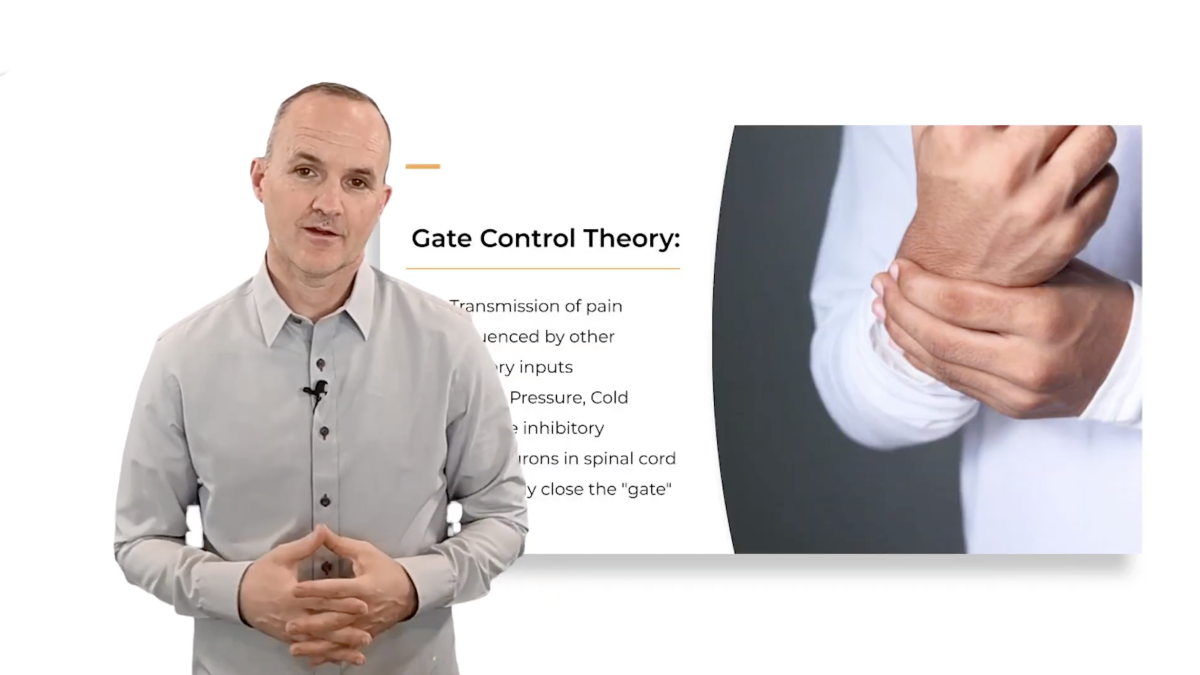The Science of Pain and Anxiety in Dentistry: Understanding the Patient Experience

Understanding the connection between pain and anxiety can transform patient care. Explore the science behind pain perception and sedation in dentistry
The Impact of Pain and Anxiety on Patient Care
Pain and anxiety are two of the most significant factors affecting a patient's experience in the dental chair. While pain is a physiological response to injury or potential harm, anxiety is a psychological reaction that can heighten the perception of pain, often leading to fear-driven avoidance behaviors. For dental professionals, understanding both the physical and emotional components of pain and anxiety is essential for improving patient care, particularly when treating pediatric patients or individuals with special needs.
How Pain Signals Travel Through the Body
Pain is more than just a localized sensation—it is a complex neurological process that involves multiple systems working together. The experience of pain begins when specialized nerve endings, known as nociceptors, detect harmful stimuli such as heat, pressure, or injury. These nociceptors generate an electrical impulse that travels through A-delta and C fibers:
- A-delta fibers are myelinated and responsible for sharp, well-localized pain.
- C fibers are unmyelinated and transmit slower, dull, aching pain sensations.
Once the pain signal reaches the spinal cord, it is processed in the dorsal horn, where it can be amplified or suppressed before being relayed to the brain. The brain then interprets the signal, determining the intensity and location of the pain while also triggering emotional and physiological responses.
The Psychological Component of Pain Perception
Pain is not just a physical experience—it is deeply intertwined with psychological factors. Anxiety, fear, and past experiences can shape how a patient perceives and responds to pain. For example, a child who has previously endured a painful dental procedure may develop heightened sensitivity to future treatments, even if the procedure itself is not inherently painful.
The brain's emotional centers, including the limbic system and prefrontal cortex, play a key role in pain perception. When a patient anticipates pain, their body may release stress hormones like cortisol and adrenaline, which heighten sensitivity and increase discomfort. This explains why patients who are anxious about an upcoming procedure often report feeling more pain than those who remain calm.
Managing Pain Through Modulation Techniques
The human body has natural mechanisms for regulating pain, and understanding these processes can help dental professionals improve patient comfort. One key concept is the Gate Control Theory of Pain, which suggests that non-painful stimuli, such as pressure or cold, can "close the gate" to pain signals, reducing the sensation of pain.
This is why simple techniques like wiggling a patient’s lip before an injection, applying a cold compress, or using pressure during an injection can significantly decrease discomfort. These methods activate nerve pathways that compete with pain signals, preventing them from reaching the brain with full intensity.
Additionally, the release of endogenous opioids, the body's natural painkillers, can help modulate pain perception. Certain activities, such as deep breathing and relaxation techniques, can trigger the release of these chemicals, further reducing discomfort during procedures.
The Role of Anxiety in Dental Treatment Avoidance
Anxiety can be just as debilitating as physical pain when it comes to dental care. Many patients avoid necessary treatments due to fear, which can lead to more severe oral health issues over time. This avoidance behavior is especially common in pediatric patients and individuals with special needs.
In extreme cases, patients may experience dental phobia, a severe and irrational fear of dental treatment. This condition can manifest in physical symptoms such as sweating, rapid heartbeat, nausea, or even panic attacks. Dental professionals must recognize the signs of anxiety early and implement strategies to ease patient discomfort.
Some of the most effective strategies include:
- Clear communication: Explaining each step of the procedure in a calm, reassuring manner.
- Distraction techniques: Engaging patients with conversation, music, or videos to divert their attention.
- Positive reinforcement: Encouraging patients with praise and reassurance.
- Gradual exposure: Allowing anxious patients to become comfortable with the dental environment before beginning treatment.
How Sedation Can Improve Patient Experience
Sedation plays a crucial role in managing both pain and anxiety, particularly for patients who struggle with dental procedures due to fear or past trauma. By using sedation techniques, dental professionals can create a more comfortable and controlled environment, allowing for safer and more efficient treatment.
There are several levels of sedation available, ranging from mild sedation with nitrous oxide to deeper sedation through intravenous (IV) methods or general anesthesia. The appropriate level of sedation depends on the patient's needs, the complexity of the procedure, and their overall health.
For pediatric patients, sedation is particularly beneficial in ensuring cooperation and reducing distress. Many children experience anticipatory anxiety, where the fear of pain is often worse than the actual procedure. By using sedation, dental professionals can help prevent the development of long-term dental phobia and encourage positive associations with oral care.
Enhance Your Skills with Expert-Led Sedation Training
For dental professionals looking to deepen their knowledge of pain management, anxiety reduction, and sedation techniques, specialized training is essential.
Our Pediatric Endorsement Sedation Course is designed to equip dentists with the skills needed to safely and effectively administer sedation to pediatric patients. This expert-led course covers pre-anesthetic assessments, sedation pharmacology, patient management, emergency protocols, and compliance with Texas State Board of Dental Examiners (TSBDE) guidelines.
One of the key instructors in this course is Dr. Jarom Heaton, DDS, MS, a recognized expert in dental anesthesia. Dr. Heaton’s extensive background includes education at Brigham Young University, the University of Southern California, and a residency at Ohio State University. As an ADBA Diplomate, he brings years of experience in sedation techniques, ensuring that participants gain practical, real-world knowledge.
Join Dr. Heaton and other leading experts to expand your expertise and enhance patient care. Enroll today to take your sedation skills to the next level.
 Sani Leauanae
Sani Leauanae 